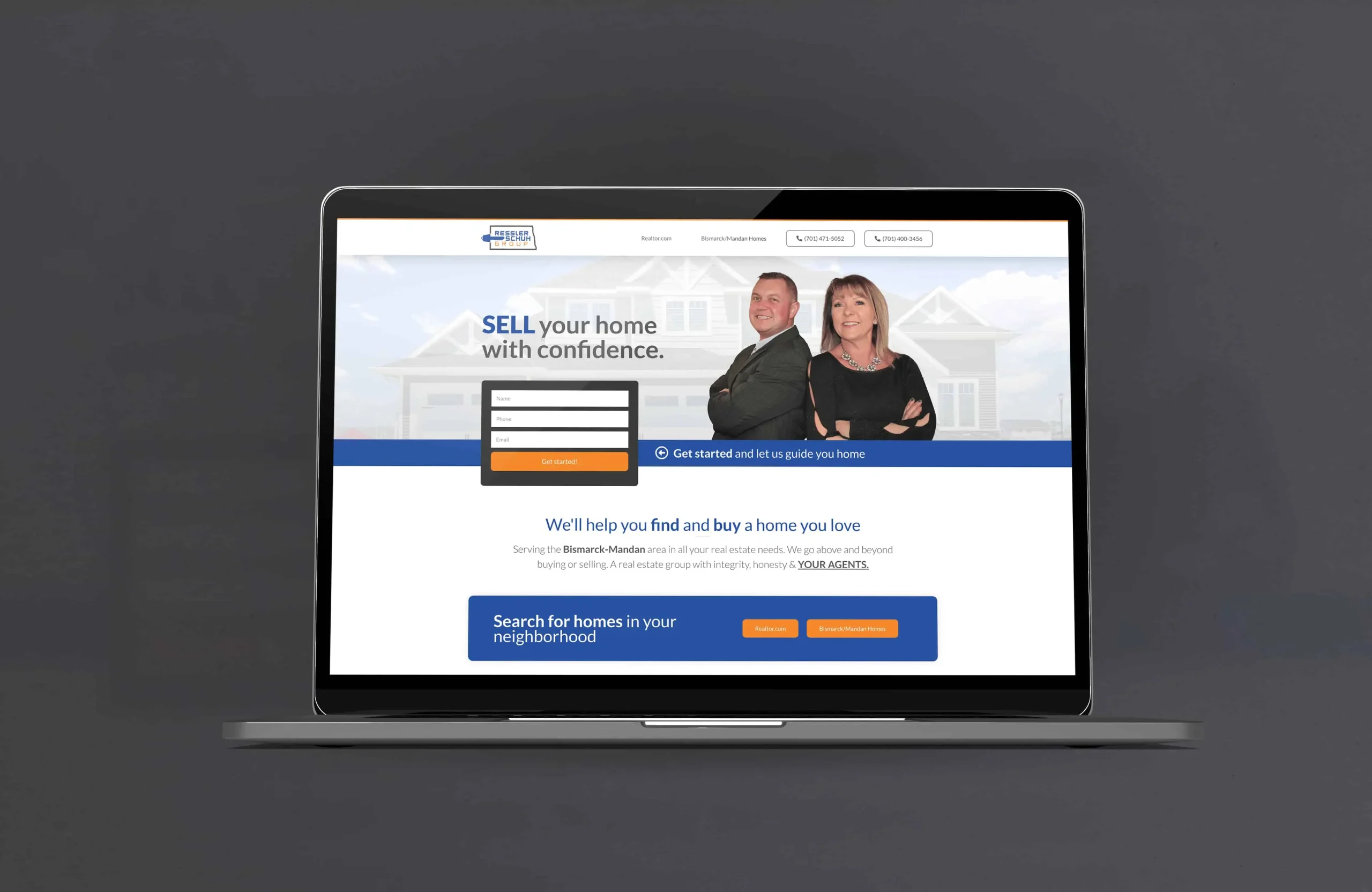The Ultimate Guide to Web Design: From Planning to Launch

The Ultimate Guide to Web Design: From Planning to Launch
Are you looking to design a website for your business, but don’t know where to start? Look no further than our ultimate guide to web design. In this guide, we’ll take you through the key steps of designing a website from planning to launch.
Step 1: Define your website’s purpose and audience
The first step in designing a website is to clearly define its purpose and target audience. Consider what sort of information you want to communicate through your website and who your target audience is. This will help you tailor your design and content to meet the needs of your audience.
Step 2: Conduct research
Research is a critical step in any website design project. Spend time researching your industry, competitors, and what works well or poorly on other websites in your niche. This will help you identify best practices and potential pitfalls to avoid.
Step 3: Create a sitemap
A sitemap is a visual representation of your website’s structure. It outlines all the pages on your website and their relationships to each other. Creating a sitemap will help you organize your content and ensure your website navigation is logical and easy to use.
Step 4: Select web hosting
Web hosting is the service that allows your website to be accessed and viewed on the internet. There are many web hosting providers to choose from, so do your research and select one that meets your needs and budget.
Step 5: Choose a website builder
A website builder is a tool that allows you to create and design your website without needing coding knowledge. There are many website builders available, ranging from free options like Wix and WordPress.com, to paid options like SquareSpace and Shopify. We recommend WordPress as it gives you the most flexibility and ability for expansion.
Step 6: Choose a website template
Once you’ve selected your website builder, choose a website template that matches your desired aesthetic and functionality. Many website builders come with predefined templates that you can customize to fit your website’s needs.
Step 7: Design your website
Designing your website involves customizing the website template you’ve selected to match your branding and content. This involves adding images, text, and other design elements to create a visually appealing and engaging website.
Step 8: Optimize for Search Engine Optimization (SEO)
Optimizing your website for SEO involves ensuring that your website is easily discoverable on search engines like Google. This involves using keywords in your content, optimizing images, and creating a fast-loading and mobile-friendly website.
Step 9: Test and launch
Once you’ve designed and optimized your website, it’s time to test it thoroughly, ensuring that it is bug-free and functions correctly. Then, launch your website and start driving traffic to it through social media, advertising, and other online channels.
Conclusion
Designing a website can be a daunting task, but with our ultimate guide, you’ll have all the information you need to launch your website with confidence. Use this guide as a starting point to design a website tailored to your business’s needs and audience. Remember to keep the user experience in mind, and focus on creating a website that’s functional, visually appealing, and optimized for your target audience.
Let's Get To Work
Call Now to discuss your next project: